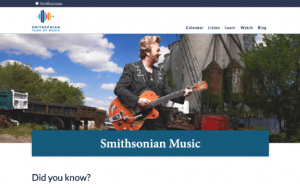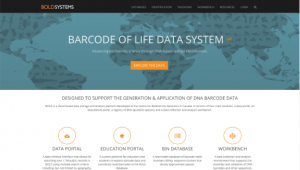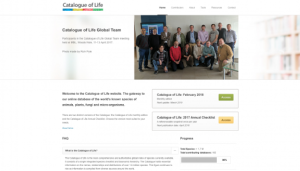General Interest
Back to Top
|
 |
|
 |
|
Web Accessibility by Google
|
Educational Technology |
|
The practice of making sure that websites and digital tools are accessible for all users including those with disabilities is important, but developers new to thinking about accessibility may need a helping hand to get started. This free online course provided by Google on the Udacity platform offers just that. This course begins its six self-paced lessons by explaining "when and why users need accessibility" before digging into the three pillars of accessibility (focus, semantics, and style) and the how-tos of their implementation. For example, students will learn how to make it possible for site visitors to navigate a page using a keyboard rather than a mouse, how to add semantic HTML and ARIA markup to enable accessibility with a variety of assistive devices, and "styling techniques that help users with partial vision navigate your pages easily and reliably." An estimated two weeks in length, the course includes videos, exercises, interactive quizzes, and is instructed by professional developers Alice Boxhall, Rob Dodson, and Michael Wales. This is an advanced course, so learners should be familiar with HTML, CSS, and Javascript, and registration for a free Udacity account is required. [JDC] |
|





|
|
 |
|
 |
|
The American Civil War Museum: Educator Resources
|
Social studies |
|
Located in Richmond, Virginia, the American Civil War Museum (ACWM) was formed when its predecessors, the American Civil War Center and the Museum of the Confederacy, merged into a single institution that opened in early May 2019. The mission of this new museum is "to be the preeminent center for the exploration of the American Civil War and its legacies from multiple perspectives: Union and Confederate, enslaved and free African Americans, soldiers and civilians." In support of this mission, the ACWM provides this digital collection of educational resources that offers a diverse range of perspectives for learners to consider. Here, visitors will find a number of historical documents, images of artifacts, images, and more, all assembled with an eye towards classroom use. These resources are organized into more than 20 themes, which include emancipation, the business of slavery, and women in the Civil War. These resources are accompanied by descriptions of the items, brief explanations of their historical contexts, suggested questions for students designed to encourage critical thinking, and ideas for classroom activities. All resources explain the educational standards with which they align. [JDC] |
|





|
|
 |
|
Viewpoints: Body Language
|
Arts |
|
The Body Language digital exhibit of the Metropolitan Museum of Art features commentary from assorted experts, curators, dancers, and choreographers, all of whom provide insight into understanding how sculpture communicates. The exhibit uses 20 works from three museum departments: European Sculpture and Decorative Arts, Medieval Art, and the American Wing. For example, a video commentary on Rodin's The Burghers of Calais includes Sam Pinkleton, a theater director and choreographer, who says, "If you actually get into that shape, you feel anxiety build in your body." The video also shows actors taking on the poses of the figures in the sculpture. Augustus Saint-Gaudens' bronze Diana, 1893-94, is accompanied by commentary from Bill T. Jones and curator Thayer Tolles. Body Language is also available as an audio tour at the Met, and the website provides a PDF map showing where all of the sculptures are located. [DS] |
|





|
|












